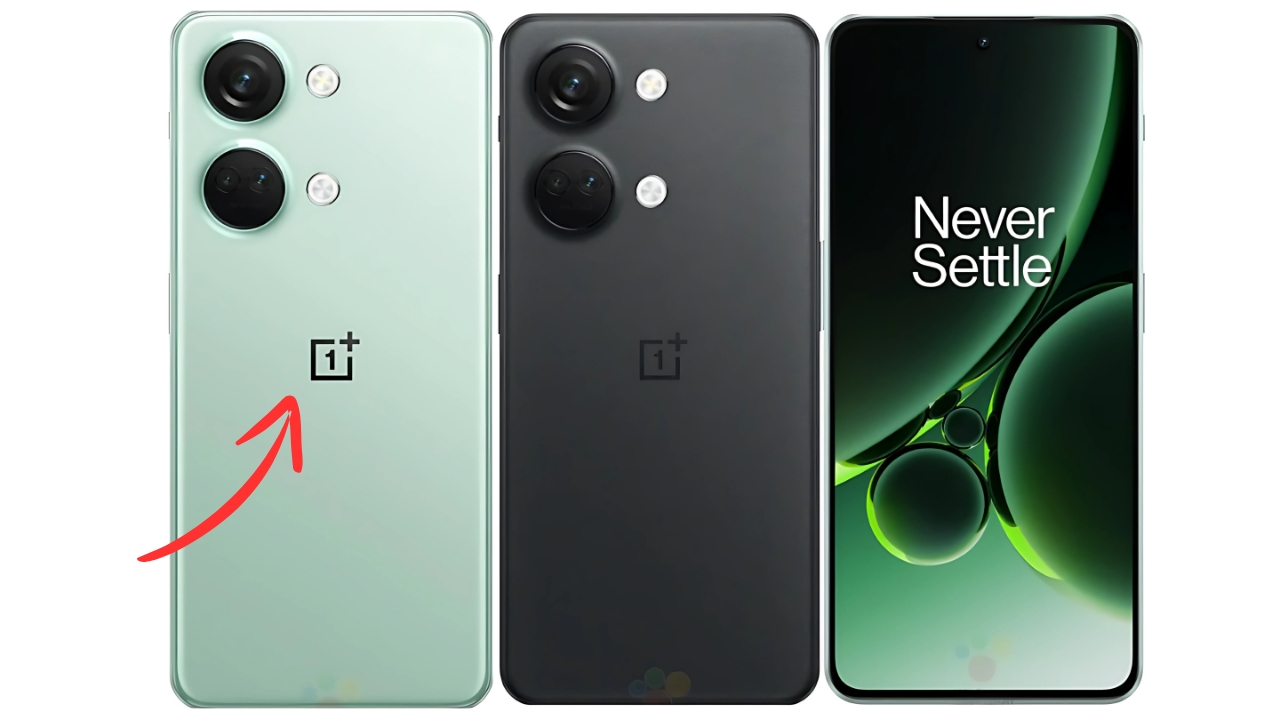OnePlus Nord 3: The increasingly blurred boundaries between smartphone segments have created a particularly interesting category often termed “premium mid-range” – devices that incorporate selected flagship features while maintaining more accessible price points through calculated compromises.
The OnePlus Nord 3 represents one of the most compelling implementations of this approach, delivering genuinely premium elements in a package that stops short of flagship pricing.
Having used this device as my primary smartphone for the past three weeks, I’ve developed nuanced impressions about where it truly excels and where limitations become apparent.
OnePlus Nord 3: Strategic Context: Understanding the Nord Position
To properly evaluate the Nord 3, one must first understand its positioning within OnePlus’s evolving portfolio.
As the company has expanded its flagship offerings upmarket to compete more directly with Samsung and Apple, the Nord series has assumed the crucial role of maintaining the brand’s original “flagship killer” ethos – delivering exceptional value through focused feature prioritization rather than unnecessary specification maximization.
Priced at approximately ₹33,999 ($410) for the base variant, the Nord 3 occupies the highly competitive upper mid-range segment where Chinese manufacturers, Samsung’s A-series, and various other value-focused brands fight intensely for market share.
This positioning reflects OnePlus’s recognition that many consumers increasingly question whether premium flagships deliver proportional value for their escalating prices.
Design Philosophy: Refined Simplicity
The Nord 3’s exterior design successfully balances distinctive elements with practical considerations. The “Tempest Gray” variant I tested features a matte-finished glass back that resists fingerprints remarkably well while providing secure grip without feeling slippery – practical advantages often sacrificed in glossier implementations.
The camera housing adopts a simple rectangular arrangement that avoids excessive protrusion, allowing the phone to rest relatively flat when placed on surfaces.
At 8.2mm thick and weighing 193 grams, the device strikes an excellent balance between substantiality and comfort during extended use.
The aluminum frame features flat sides with subtle chamfering that prevents the sharp feeling sometimes experienced with completely flat-sided designs.
The Alert Slider – a signature OnePlus feature absent from some recent Nord models – returns on the Nord 3, providing convenient switching between notification profiles without requiring screen interaction.
What impresses most about the design is its restraint – unlike many competitors that incorporate excessive styling elements or unnecessary embellishments, the Nord 3 adopts a clean aesthetic that communicates premium intentions without appearing overwrought.
This approach aligns perfectly with OnePlus’s historical design language while creating a device that should age gracefully rather than appearing dated as trends evolve.
Display Excellence: Visual Sophistication
The 6.74-inch AMOLED panel represents one of the Nord 3’s clearest strengths. This 1.5K resolution (2772 × 1240) display delivers exceptional clarity, with 450ppi density ensuring that individual pixels remain indistinguishable during normal use.
The 120Hz refresh rate provides smooth scrolling and interface navigation, with intelligent adaptation between refresh rates to balance fluidity with power efficiency.
Color accuracy impresses in both “Natural” and “Vivid” modes, with the former offering remarkable fidelity for content creation and consumption.
The 10-bit color depth (1.07 billion colors) enables subtle gradations that prevent banding in challenging scenes like sunsets or portraits with delicate skin tones.
HDR10+ certification enhances supported content with improved dynamic range, particularly noticeable in streaming media with high production values.
Maximum brightness exceeds 1,300 nits in high brightness mode, ensuring excellent visibility even under direct sunlight – a capability often compromised in mid-range devices.
The flat implementation avoids the accidental touch issues sometimes associated with curved alternatives, while Gorilla Glass Victus 2 provides impressive scratch resistance during daily use.
Performance Dynamics: Flagship-Adjacent Power
Powered by MediaTek’s Dimensity 9000 processor, the Nord 3 delivers performance that challenges the increasingly arbitrary distinction between “mid-range” and true flagship territory.
This 4nm chipset offers exceptional efficiency while providing processing power that handles demanding applications without hesitation.
The 16GB LPDDR5X RAM and 256GB UFS 3.1 storage in my test unit provided generous specifications that enhance both multitasking capability and data access speeds.
In practical terms, the device delivers consistently fluid performance across all typical usage scenarios, from basic communication to demanding productivity applications.
App launching, multitasking, and system navigation all occur without perceptible delay, creating a seamless user experience that belies the non-flagship positioning.
Gaming capabilities impress particularly, with titles like Genshin Impact running smoothly at high settings while maintaining reasonable thermals – thanks to the vapor chamber cooling system that effectively dissipates heat during extended sessions.
Benchmark results place the device surprisingly close to last-generation flagship processors, though sustained performance under extended workloads reveals the remaining gap with current premium silicon.
This limitation rarely manifests in typical usage patterns, however, creating a compelling value proposition for all but the most demanding power users.
Camera Capabilities: Thoughtful Implementation
The camera system combines a 50MP Sony IMX890 primary sensor with optical image stabilization, an 8MP ultrawide, and a 2MP macro lens.
This configuration reveals one of the device’s more obvious compromises compared to true flagships, though the main camera’s quality partially compensates for the modest secondary lenses.
In favorable lighting, the primary camera captures exceptionally detailed images with natural color reproduction that avoids the oversaturation common in this segment.
Dynamic range impresses, retaining both highlight and shadow detail in challenging scenes without producing the artificial HDR aesthetic that has become increasingly prevalent.
The ultrawide, while lacking the resolution and light-gathering capability of the main sensor, maintains reasonable consistency in color science – an area where even premium devices sometimes falter.
Low-light performance benefits from both the larger sensor size and well-tuned computational photography. The night mode balances noise reduction with detail preservation remarkably well, producing usable images in challenging conditions without excessive softening that obliterates texture.
Portrait mode demonstrates sophisticated edge detection that handles complex elements like hair and glasses with impressive accuracy, while skin tones remain natural without excessive beautification unless specifically enabled.
Video capabilities include stable 4K recording at 60fps with effective electronic and optical stabilization that produces professional-looking footage during moderate movement.
The 16MP front-facing camera delivers detailed selfies in good lighting, with portrait mode creating convincing background blur despite lacking a dedicated depth sensor.
Software Experience: Refined Maturity
OxygenOS 13.1, based on Android 13, represents a significant maturation of OnePlus’s software approach following the controversial ColorOS integration.
The interface offers extensive personalization options without overwhelming complexity, while animations appear fluid without seeming gratuitous.
The settings menu organization demonstrates logical consideration, making specific options easier to locate than in some competing interfaces.
Bloatware remains minimal compared to many competitors, with most pre-installed applications serving clear utility purposes.
The clean, intuitive implementation aligns well with the device’s value-focused positioning, creating an experience that feels premium despite the mid-range price point.
OnePlus’s commitment to three years of OS updates and four years of security patches enhances the device’s longevity proposition, addressing growing consumer concerns about software support longevity.
OnePlus Nord 3: Focused Excellence
The OnePlus Nord 3 ultimately succeeds through clear understanding of its target audience and judicious feature prioritization.
Rather than attempting to excel across all specifications or match premium flagships in every aspect, it delivers exceptional performance in areas that meaningfully impact daily satisfaction – display quality, processing power, main camera capability, and software experience – while making calculated compromises in secondary cameras and wireless charging.
For consumers questioning whether flagship devices deliver proportional value for their premium prices, the Nord 3 offers a compelling alternative that focuses on substantive advantages rather than marketing checkboxes.
In challenging the increasingly arbitrary distinction between mid-range and premium segments, OnePlus has created a device that forces a reconsideration of what constitutes necessary compromise at this price point.









